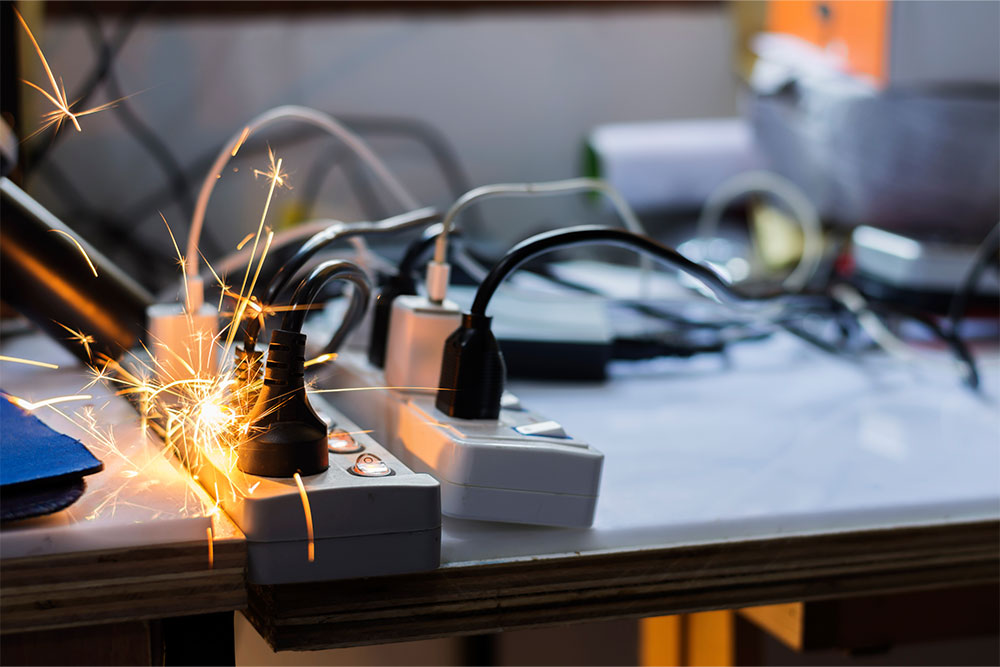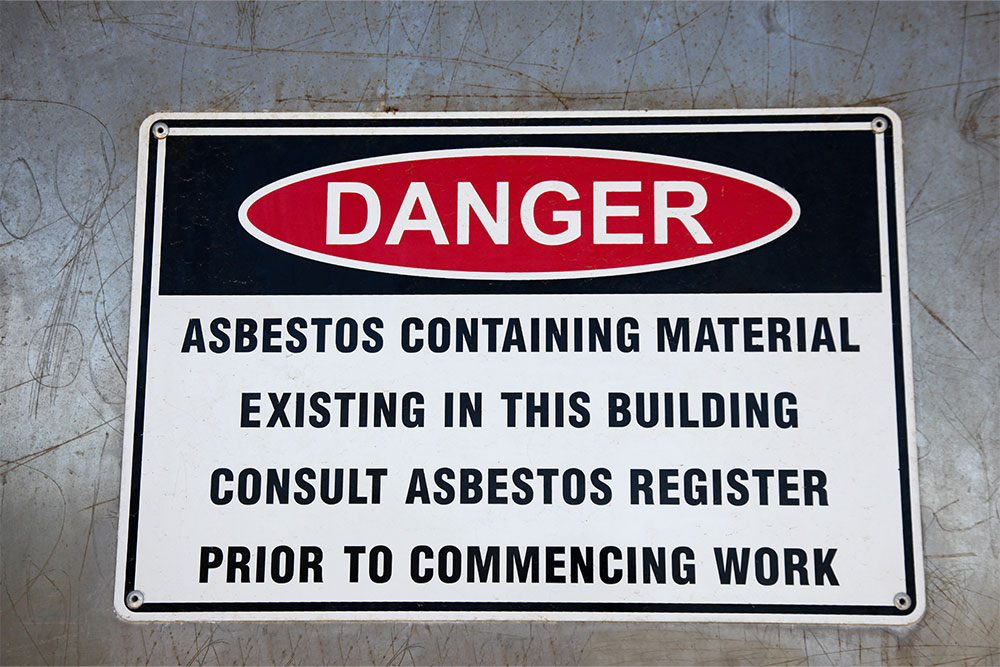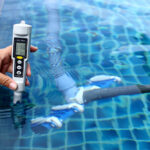
Electricity is dangerous. Every time you boil a kettle or switch on a plug, there’s a risk of electrical burns, shocks, and even fatal injuries. Of course, these incidents are rare, but they do happen.
When you or someone you know suffers an electrical burn, you need to know what type and how to treat it for the best possible outcome.
In this blog, we’ll discuss the causes and types of electrical burns and how you can treat each one.
Key Takeaways
- Electrical burns happen when electricity comes into contact with the skin. It can cause damage to the skin, underlying tissues, and even internal organs.
- Common causes of electrical burns include faulty switches, exposed wiring, and electrical equipment malfunctions.
- There are different types of electrical burns, including flash burns, flame burns, arc burns, thermal burns, and true electrical burns.
- In case of an electrical burn, immediately cool the burn with cold water and cover the affected area with a sterile bandage.
- Medical help is needed urgently if the burn victim is elderly, a child, or has underlying health conditions. Anyone who suffers a severe burn or breathlessness after a burn must also get professional help immediately.
Understanding Electrical Burns

Electrical burns are a symptom of electric shock, which happens when electricity comes into contact with the skin.
Like heat burns, electrical burns are classified as either first, second or third-degree, depending on the severity:
- First-degree (superfical) electrical burns affect only the outer skin, causing pain and redness without blistering.
- Second-degree (partial-thickness) electrical burns damage deeper skin layers, causing blisters, swelling and severe pain.
- Third-degree (full-thickness) electrical burns penetrate all layers of skin to damage underlying tissues, muscles and even bones. Outward symptoms include charred or white skin. Surprisingly, most third-degree feel numb at first rather than painful, as the burn damages nerve endings.
Despite the initial lack of pain, third-degree burns require immediate treatment. The internal tissue damage they cause will be more extensive than most people initially realise.
The severity of a burn depends on the duration of exposure, the strength of the electrical current (stronger currents generate more heat), and the body parts affected.
Electrical Safety Training
Our Electrical Safety Training course helps employers and their staff explore the hazards of electricity and examines precautionary measures that must be taken to manage the risk of electrical injuries and accidents.
Common Causes of Electrical Burns
Common causes of electrical burns include:
- Faulty switches
- Damaged/exposed wiring
- Exposed parts of appliances
- Electrical equipment malfunctions
- Loose power outlets
- Improper use of extension cords

Types of Electrical Burns
Flash Burns
When an electrical current passes between two points, it creates an arc. If this arc passes over someone’s skin, it causes a flash burn.
Flash burns cover large areas and happen fast, typically in less than a second. Thankfully, this speed means they’re often superficial, only damaging the outer skin layer. However, hotter (i.e., higher-current) arcs will cause more severe burns.
Arc Burn
Arc burns are similar but more severe than flash burns.
When electricity arcs through the air, it generates intense heat and pressure. Anyone exposed to this radiant energy can be severely burned, even if the electricity never makes direct contact. There’s the added risk of physical injury, too, since the explosive force of an arc blast can knock people off their feet.
Thermal Burns
Faulty or overloaded electrical equipment can get dangerously hot. If anyone touches equipment in this state, they’re at risk of a thermal burn.
Both low and high-voltage devices can become extremely hot. Resulting thermal burns can damage the skin as well as underlying tissues.
True Electrical Burns
True electrical burns occur when an electrical current flows through the body, entering at one point (like a hand) before exiting at another one (like the foot).
As the current moves through the body, it generates heat, damaging both the skin and internal tissues, including muscles, nerves, and blood vessels.
These internal injuries aren’t always immediately visible but can be severe. It depends on several factors, including the voltage of the current, the duration of exposure, and the pathway the electricity takes through the body.
Electricity that passes through vital organs, such as the heart or lungs, poses a greater health risk. For example, a ‘hand-to-hand’ shock sees the current travel through the chest, potentially disrupting the heart’s rhythm and causing cardiac arrest.
Signs and Symptoms of Electrical Burns
The signs and symptoms of electrical burns vary based on the degree.
First-Degree Burn (Superficial Burn):
- Skin redness, dryness and pain
- No blisters
- The burned area turns white when pressed
- Heals in three to six days
- Does not leave a scar
Second-Degree Burn (Partial-Thickness Burn):
- Skin is painful to even a slight touch or changes in air temperature
- Skin becomes red and leaks fluid
- Blisters
- The burned area turns white when pressed
- Heals in one to three weeks
- May leave a scar
Third-Degree Burn (Full-Thickness Burn):
- Lack of pain at the burn site (because nerve endings are destroyed)
- May be painful when pressure is applied
- Does not turn white when pressed
- Severe swelling
- Blisters
- Takes over three weeks to heal
- Likely to leave a scar
Electrical Burn Treatments
So, what do you do for an electrical burn? If you or someone else suffers an electrical burn, you should do the following:
- If it’s safe to do so, immediately disconnect the power source to stop the electrical current.
- Check the victim for signs of shock, breathing, and consciousness.
- If the burn is external, cool the affected area with running cold water for at least 10-20 minutes. Do not use ice or icy water, as it can worsen tissue damage.
- Cover the burn with a sterile bandage or clean cloth to prevent infection.
- Keep the victim warm and lay them down with their feet elevated, if possible.
When to Call an Ambulance or Seek Emergency Treatment
Anyone who suffers an electrical burn, even a superficial one, needs medical treatment. The NHS recommends you visit your local A&E for any electrical burn.
An ambulance should be called for:
- High-voltage burns or electrical injuries.
- Burns that cover large areas or appear deep.
- Victims who are unconscious, struggling to breathe or experiencing irregular heartbeats.
- Victims who are very young, very old, or have an existing medical condition.
What To Do Before Help Arrives
- Perform CPR if the victim isn’t breathing or has no pulse.
- Only remove clothing if it’s on fire. Clothing that’s stuck to the burn should be left in place.
- Do not apply ointments or creams to electrical burns, as this can make the situation worse.
- Remain calm so you can explain what happened to the emergency services.
Electrical Safety Training
Working with or around electrical systems requires proper safety training. You need to understand electrical risks and control measures used to prevent harm.
Our online Electrical Safety Training course provides the vital knowledge needed to work safely around electrical systems. It covers hazards, risk controls, and emergency procedures.
Designed for workers at all levels, the course helps ensure compliance with safety regulations and reduces the risk of electrical injuries.




















